
Search
Category
Area
Season
-

First Rocket Public Viewing of the Launch Site! Enjoy Southern Wakayama Prefecture and Feel the awesome power of the rocket launch with your closest seats to the launch.
This tour combines new with old, with the latest in rocket technology and the unique heritage sites of the Kii Peninsula and Kumano.
That’s even more things to do and enjoy your experiences longer in southern Wakayama Prefecture!
(1) Premier seating for the rocket launch
The rocket, KAIROS, will be launching from the first private launch site. You will watch the rocket that is attracting worldwide attention and was mentioned by Elon Musk from the special viewing seats that are not part of the official viewing area.
Four viewing locations are available:
- From the sea on a chartered cruise
- From a private hot spring room for two
- From the World Heritage Kumano Kodo trail
- At close range to experience the full sound and power of the rocket launch
(2) Optional tours to make the most of local World and cultural heritage sites before and after the launch
Enjoy a dinner prepared by a Michelin-starred restaurant chef, participate in a party to eat “gibier” cuisine at a place of natural monuments, attend a special temple opening with a fire ritual held by the abbot of a World Heritage temple, or create and launch your very own original rocket.
Video interpreting systems will be available in conjunction with English, Mandarin, and Cantonese interpreter-guides to provide services in a maximum of 13 languages.
(3) Special tour behind the scenes of the launch site
During non-launch periods, visitors can tour the restricted first private launch site and see a rocket-related exhibition before it opens to the public with an expert guided tour. -
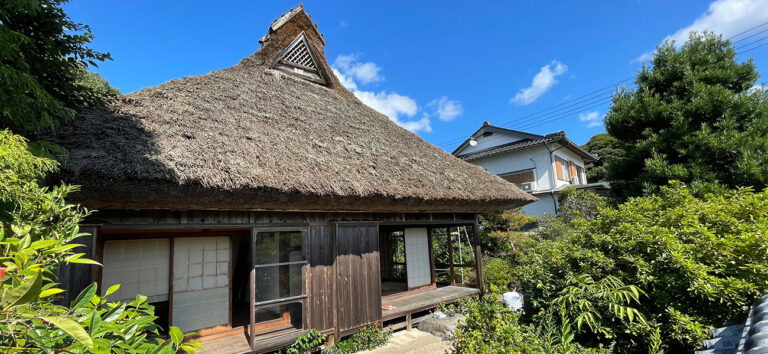
DIY Study Tour: Renovate a Genuine Old Folk Residence Passing on the Japanese Way of Life
This is a special tour of a traditional thatched folk house not usually accessible to visitors and built with multiple traditional Japanese techniques.
It is a chance to experience local activities, architecture, and home renovation techniques.
You can even try your hand at renovating the house yourself under the instruction of artisans, trained in the traditional skills of this community.
Hidetsugu Matogawa will be your thatching expert. Hidetsugu learned from local thatching artisans and performs thatched roof refurbishments throughout Japan.
Hajime Wilds will be your woodworker and carpenter. Hajime is well-versed in local traditional techniques, and he also studied design and woodworking in his father's hometown in the USA. He practices new spatial designs that blend traditional techniques.
Finally, Kyle Holzhueter will be your plasterer. Kyle holds a doctorate in natural materials research and gives workshops throughout Japan as a plasterer and builder.
This workshop in a thatched folk house helps to pass on living culture through the use of traditional tools. You will also be provided with a meal of shijimi soup, a traditional food of the region.
Immerse yourself in the beautiful morning scenery of Lake Shinji, then board a fishing boat to try your hand at clam fishing to get a feel for local efforts to protect fishery resources.
Each part of the trip will be guided by an experienced professional interpreter.
Private cabs are also available for transportation from your accommodation. -
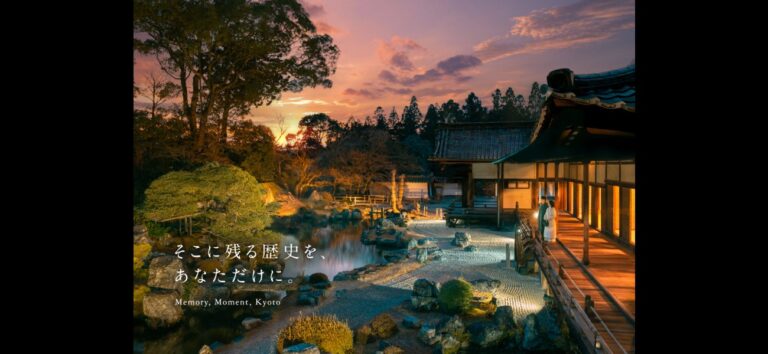
Memory, Moment, Kyoto
These World Heritage temples in Kyoto can be reserved especially for you to spend quality time away from the crowds.
How will you spend your time? Choose from three World Heritage temples: Daigo-ji Temple, Ninnaji Temple, and Ryoan-ji Temple.
For this experience, a Buddhist monk will guide you on an exclusive tour to see some places that are not usually accessible to the public.
This tour provides a private temple visit and a special experience unlike any other. -
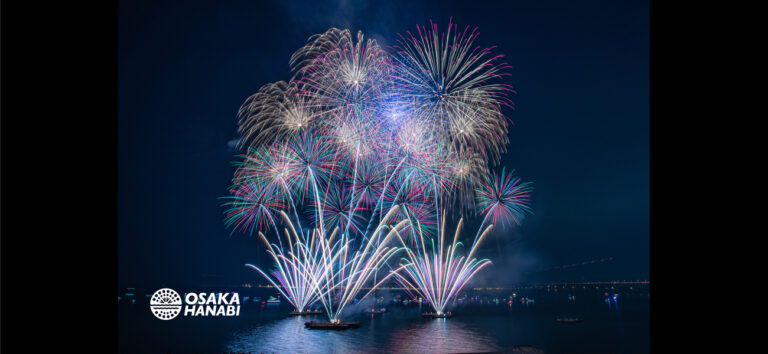
Osaka Great Sky Art Fireworks: A Spectacular Fireworks Event Synchronized to Music
Excellent and easy access. Osaka Art Fireworks is a huge fireworks event that can accommodate 20,000 people. There are four special experiences to accompany the fireworks.
Cruiser Fireworks Viewing Plan / Limited to 100 people
View the fireworks from a yacht. Limited to 10 to 20 people per vessel. Don't just watch the fireworks on land—watch from the comfort of a special vantage point on the water! This area is known for having one of the best sunsets in Japan, and watching a beautiful ocean sunset followed by fireworks by boat is a truly exceptional experience.
Japanese Cuisine x Hot Springs x Fireworks Plan / Limited to 10 groups
Enjoy a local lunch course at Fudoguchikan, a long-established traditional Japanese inn, and bathe in a hot spring with a view of autumn leaves. After lunch, head to the venue and enjoy watching the fireworks from special reserved seating. A free shuttle bus service will be running from the restaurant to the fireworks venue.
Fireworks x Stay Plan / Limited to 3 pairs
This plan allows you to view the fireworks from a guest room located within the venue, the JYUBAKO mobile house as designed by architect Kengo Kuma. Enjoy a barbecue while glamping in comfort using Japan's very own Snow Peak camping gear. After enjoying the glorious sunset, watch the fireworks from the privacy of your guest room. Includes two meals per overnight stay.
Fireworks x Pyrotechnician Commentary Plan / Limited to 100 people
A one-hour seminar by a pyrotechnician accompanied by video footage will be held at Ochi Arena near the fireworks venue. This is a great opportunity to expand your knowledge of Japanese fireworks traditions before watching the fireworks. English translations are available. A souvenir senshu towel from Osaka's Senshu region, renowned for nearly 130 years of making craft Japanese towels, is included. -
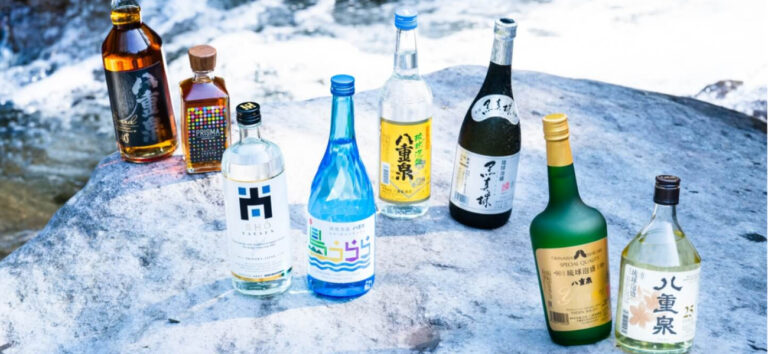
Exclusive Event Exploring the Roots of Yaesen Shuzo Distillery! Yaeyama Terroir (Limited to November 16–17)
A two-day premium dinner event under the full moon, featuring extraordinary sake from Yaesen Shuzo Distillery
Enjoy Shimaurara awamori liquor made from Ishigaki Island rice, and other special varieties of awamori that are typically hard to come by.
A special pairing experience is available for the premium dinner that will include limited-edition liquor.
-Visit Narungara (Omoto no Omikami), a sacred site with pristine running water
Visit this sacred site revered by the islanders since ancient times with a guide known as a tsukasa, and experience its crystal waters and clean air.
-Interact with experts at Miyagi Komeya, a grower of Ishigaki Island rice—the key ingredient in Shimaurara awamori liquor
Participate in a rice field tour and threshing experience with the producers of Hitomebore rice, the key ingredient in Shimaurara awamori liquor, which won the Platinum Award and Jury's Award at KuraMaster 2023.
-Craft experience at Uezato Wood Work, a woodworking shop that places great value on wood grown in Yaeyama
Make your own chopsticks and spoons while alongside local artisans.
A premium dinner made with fresh Yaeyama produce will give you a taste of the island’s life and abundance
Enjoy dishes featuring Yaeyama pork and goat, fresh wild fish from the blue sea, seasonal island vegetables, wild herbs such as shell ginger, and moringa, a much talked-about superfood.
Ingredients vary depending on availability, but dishes make full use of fresh local ingredients. -
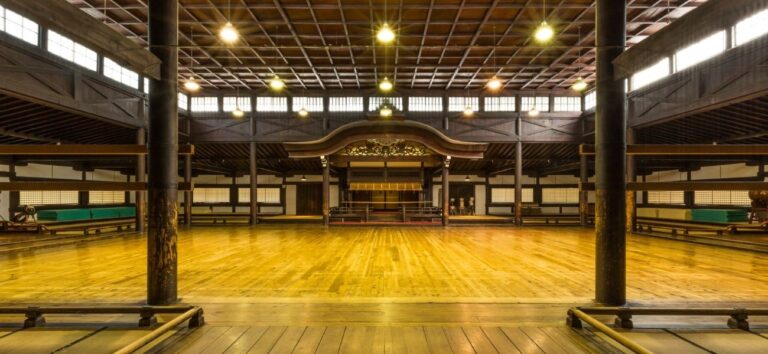
Karate Tourism: The 52nd Japan Cup Karate-do Championships Premium Tour / Rising Sun Karate Spectacle
The 52nd Japan Cup Karate-do Championships Premium Tour!
The tour includes exclusive seats at the 52nd Japan Cup Karate-do Championships to be held at the Nippon Budokan on December 8, 2024, for an unprecedented and special experience. These seats will allow spectators to watch from a location normally only accessible to staff and affiliates of the tournament. The premium tour will allow participants to observe the athletes' warm-up routine, which is not open to the public, and take a commemorative photo with the winner's cups (the emperor’s cup and the empress’s cup).
Rising Sun Karate Spectacle
In January, 2025, a new karate demonstration event will be held at the Kyoto Budo Center (formerly known as Butokuden), the oldest martial arts demonstration hall in Japan. This event will feature kata, a designated series of defensive and offensive karate movements, demonstrated by first class karate players.
During the event, there will also be a hands-on tour for visitors interested in karate and Japanese martial arts. The tour is a one-day experience that includes training under the guidance of actual karate players, a karate workshop, and trying out Japanese swords, and other elements of Japanese culture.
-
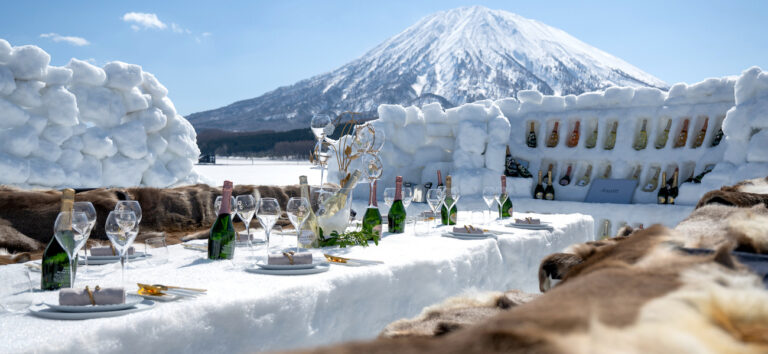
Snowtable: An Exclusive Lunch and Cultural Experience at a Restaurant Made of Snow!
Spend a special day in the magnificent natural setting of Hokkaido. Asyatt. presents a the ultimate winter experience: Enjoy a private lunch on a specially-built "Snowtable" in a vast snowy field, with a beautiful view of Mount Yotei in the back.
Built over a three-day period by hand, the Snowtable is beautifully designed by professional landscapers taking into account the local climate and natural surroundings. Guests will enjoy a lunch prepared by a famous chef, using fresh Hokkaido ingredients and authentic culinary methods.
In addition, guests will be able to enjoy the ultimate fresh powder snow adventure, on a luxury snowmobile as a part of this experience. The program also includes cultural experiences unique to Hokkaido and Japan, such as Zen meditation with a monk in the wilderness, Ainu folk dance performance, and igloo-building. As a parting gift, guests will receive a video and photos taken by drone during the experience.
This special winter program by Asyatt. promises a luxurious experience that will allow participants to truly appreciate the nature, culture, and gastronomy of Hokkaido. It will be an unforgettable experience amidst the world-class powder snow of Niseko and spectacular views of Mount Yotei.
-
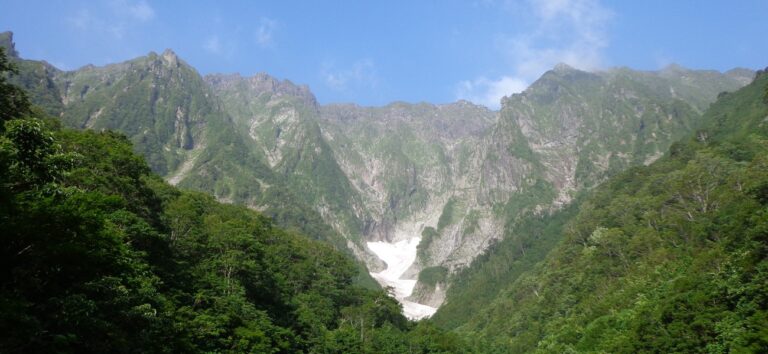
Find Your Oasis in Minakami Japan's Adventure Capital
Escape the hustle and bustle of the city and discover the tranquility of Minakami, nestled between two national parks and home to over 20 thrilling outdoor adventures. Whether you're seeking adrenaline-pumping thrills or a peaceful retreat in nature, Minakami offers the perfect oasis for your next Japan adventure.
-
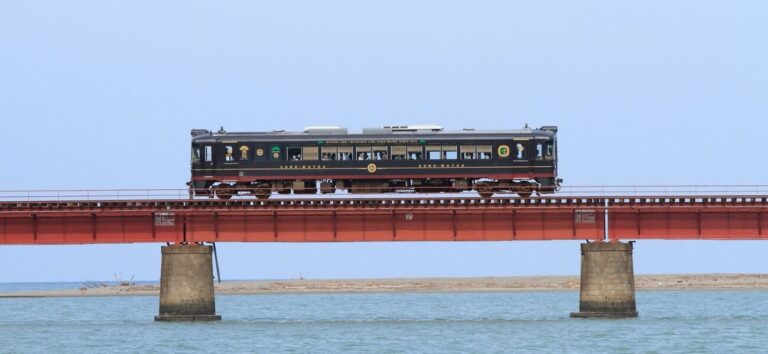
Black Pine Restaurant and Sightseeing Train
Board the Kyoto Tango Railway Kuro-Matsu (Black Pine) restaurant train and make your journey by rail while taking in the spectacular views from the windows, as well as enjoy a meal prepared by a top chef with plenty of local ingredients.
You can choose from three different courses (lunch course, dessert course, etc.) that differ depending on the time of year, and purchase limited-edition gifts and souvenirs on the train.
The train will stop at Nagu Kaigan in Tango-Amanohashidate-Oeyama Quasi-National Park so that passengers can take in the spectacular view, and will travel slowly along the Yura River Bridge—a famed photography spot—to give passengers the magical sensation of traveling over the sea.
Enjoy sightseeing in Amanohashidate, one of the three most scenic spots in Japan, together with this journey by rail. -
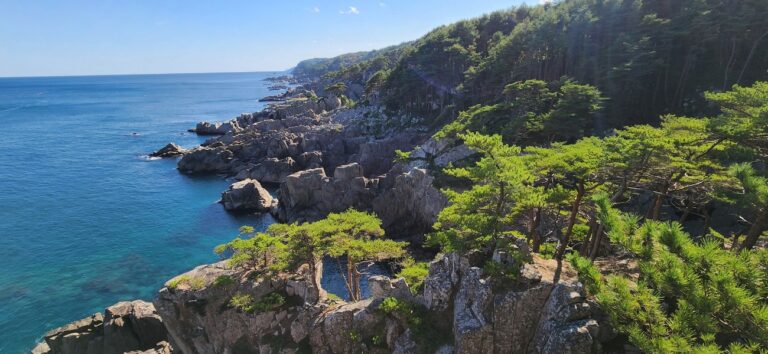
Michinoku Coastal Hiking Trail - 7 Days
The Tohoku region consists of six prefectures in the northernmost part of Honshu (Japan’s main island), and boasts beautiful nature and abundant natural resources, including delicious fresh seafood.
On March 11, 2011, the Pacific Coast of the Tohoku region was devastated by the destructive Tohoku earthquake and tsunami. More than 10 years have passed since this disaster, and reconstruction is still underway in the Tohoku region. However, many of Tohoku's beautiful landscapes still remain, and you can encounter the day-to-day lives of the many people who have overcome this adversity.
In this tour, indulge in local culture, cycling, kayaking, and other activities unique to this region, as well as walk along the Michinoku Coastal Hiking Trail, a national trail with a total length of over 1,000 kilometers that opened on June 9, 2019.
This seven-day tour also allows you to learn about the disaster, interact with locals, and reflect on the significance of life. We hope you will join us on this walking tour in the Tohoku region.
